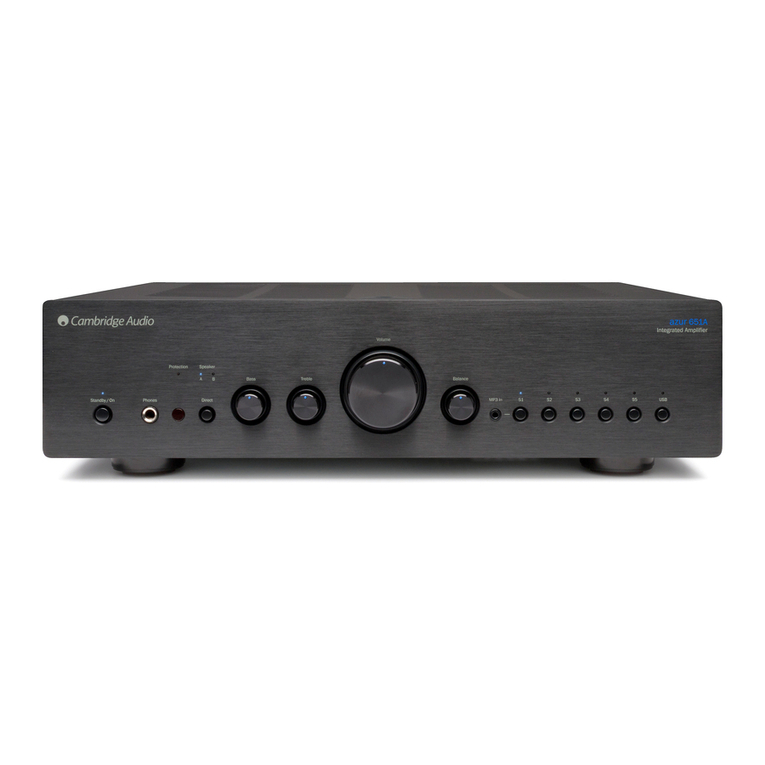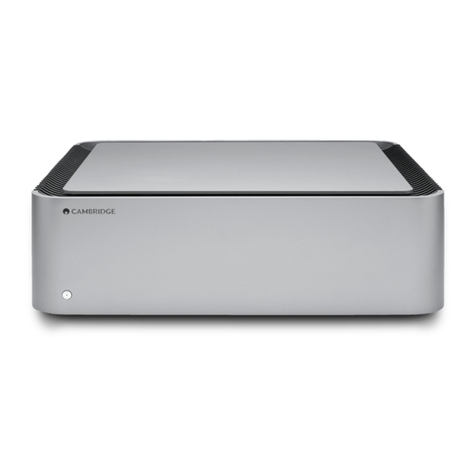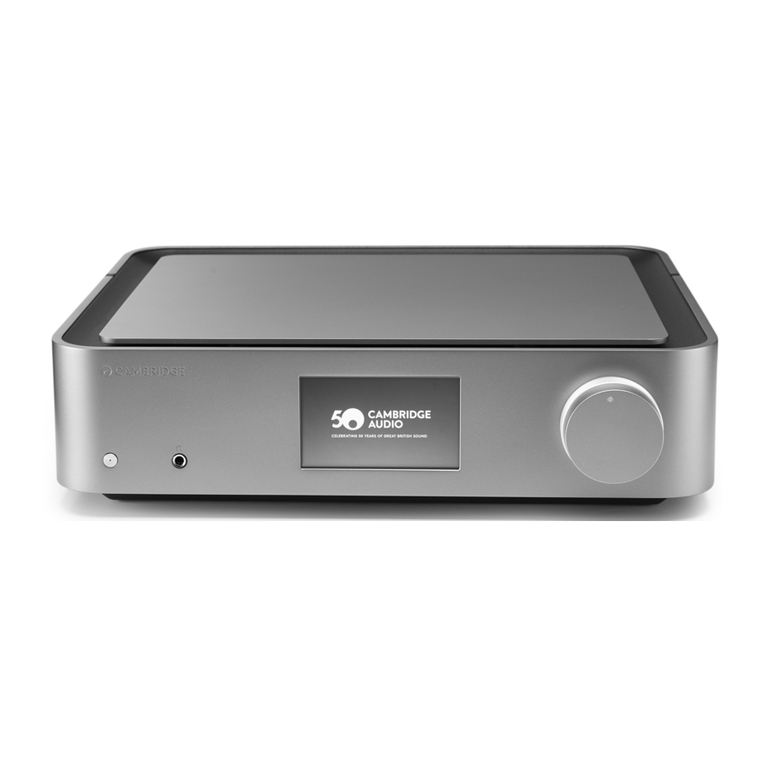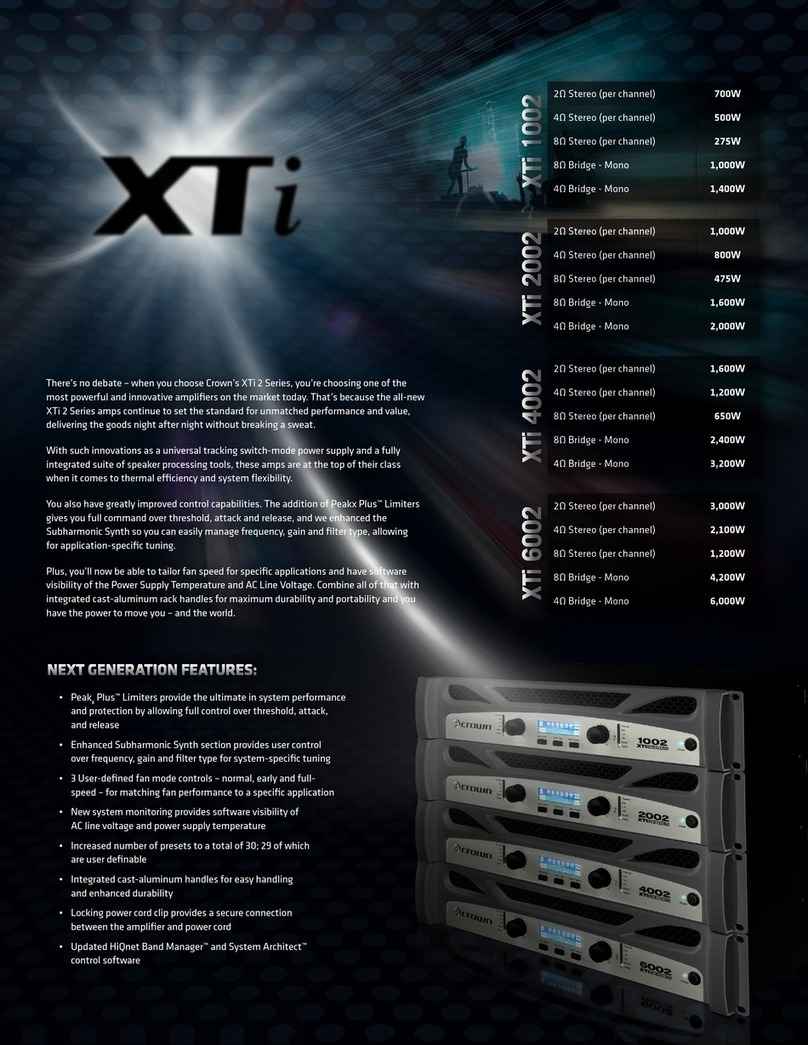Cambridge Audio azur 840A Quick reference guide
Other Cambridge Audio Amplifier manuals
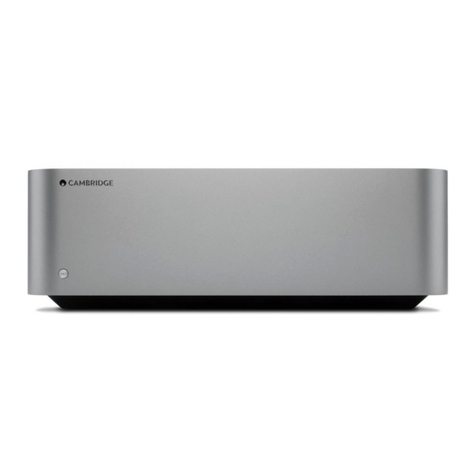
Cambridge Audio
Cambridge Audio EDGE W User manual
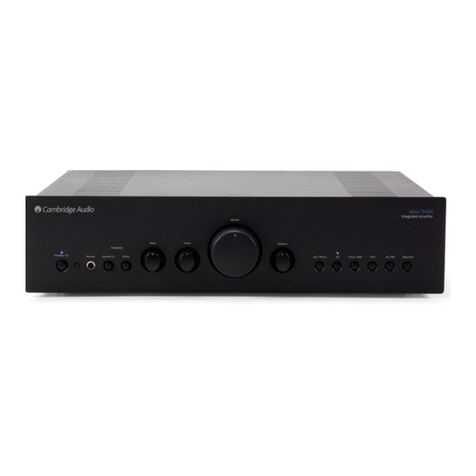
Cambridge Audio
Cambridge Audio Azur 540A User manual

Cambridge Audio
Cambridge Audio 851E User manual
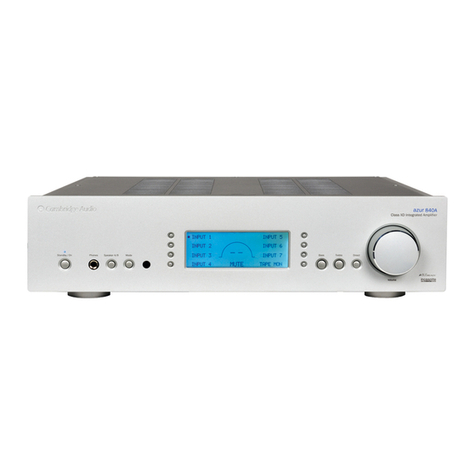
Cambridge Audio
Cambridge Audio azur 840A User manual

Cambridge Audio
Cambridge Audio Azur 640P User manual
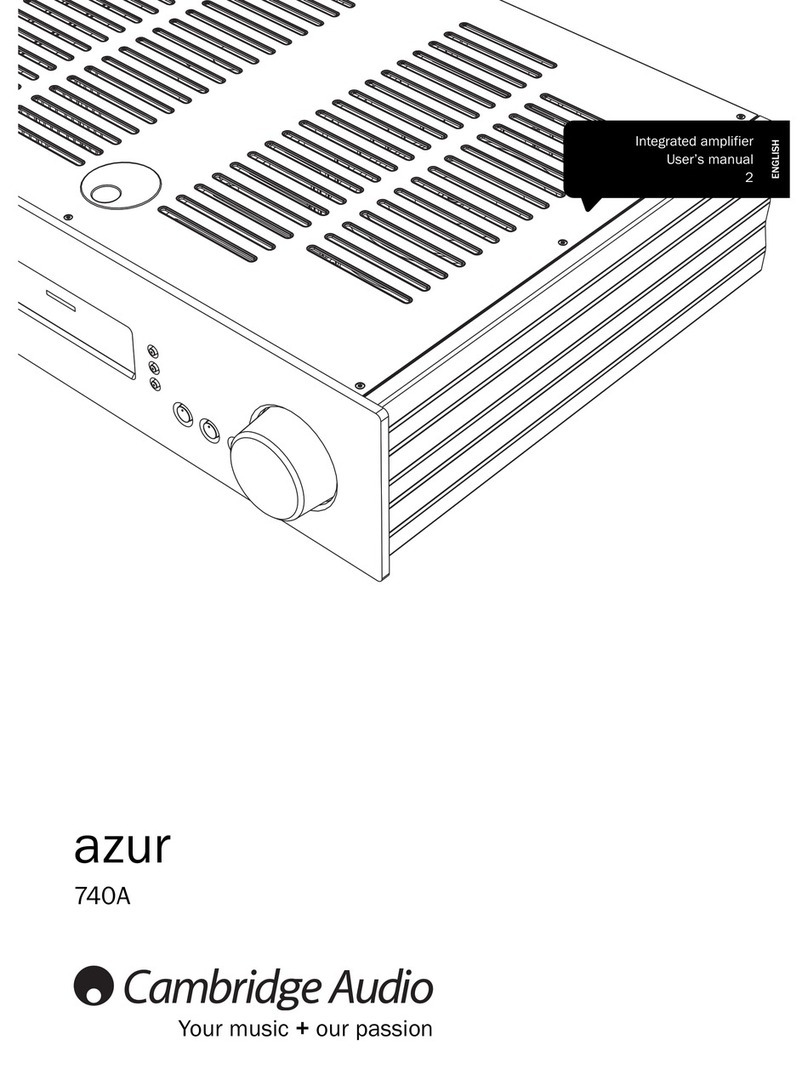
Cambridge Audio
Cambridge Audio Integrated Amplifier Azur 740A User manual

Cambridge Audio
Cambridge Audio EDGE A User manual
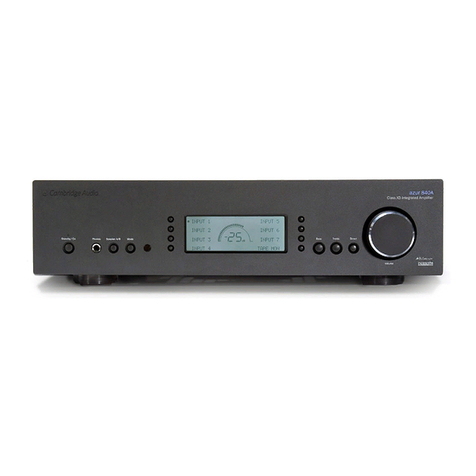
Cambridge Audio
Cambridge Audio azur 840A User manual

Cambridge Audio
Cambridge Audio azur 651 W User manual

Cambridge Audio
Cambridge Audio Azur 840E Manual
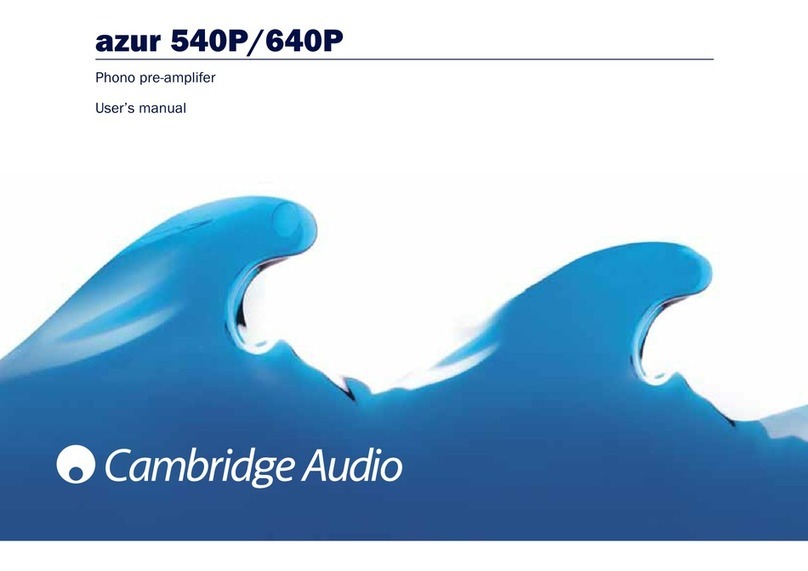
Cambridge Audio
Cambridge Audio Azur 540P User manual

Cambridge Audio
Cambridge Audio Topaz AM10 User manual

Cambridge Audio
Cambridge Audio Azur 340A Manual
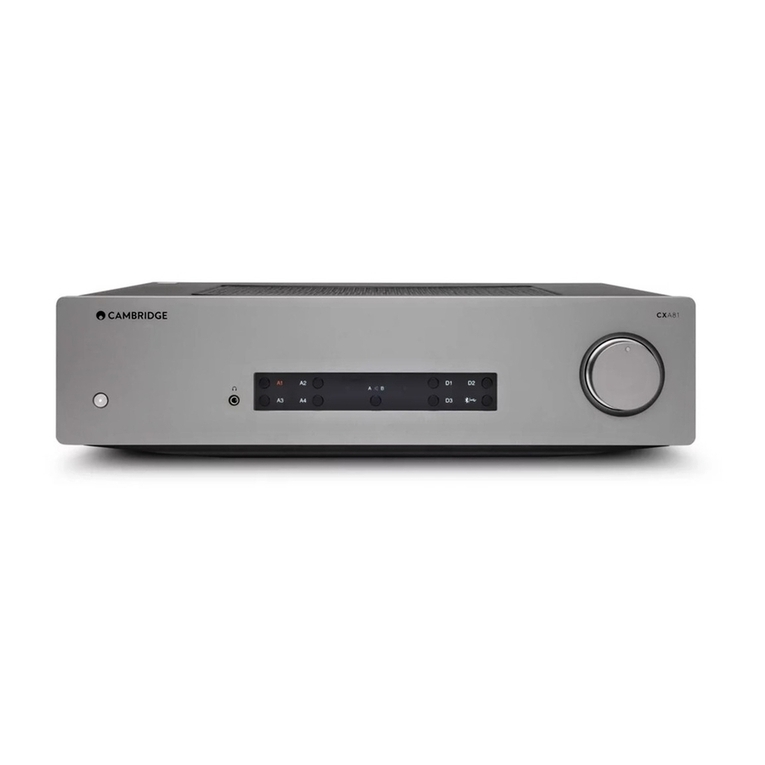
Cambridge Audio
Cambridge Audio CXA61 User manual

Cambridge Audio
Cambridge Audio AZUR 651A User manual

Cambridge Audio
Cambridge Audio Integrated Amplifier Azur 740A Administrator guide
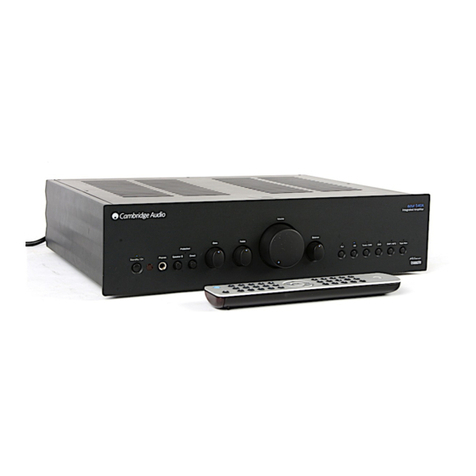
Cambridge Audio
Cambridge Audio Azur 540A V2.0 User manual

Cambridge Audio
Cambridge Audio Azur 540A User manual

Cambridge Audio
Cambridge Audio 851D User manual
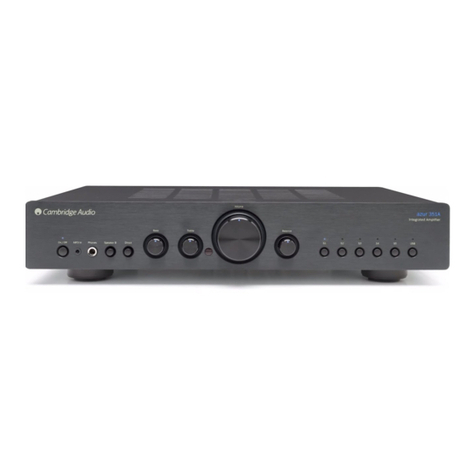
Cambridge Audio
Cambridge Audio AZUR 351A User manual
